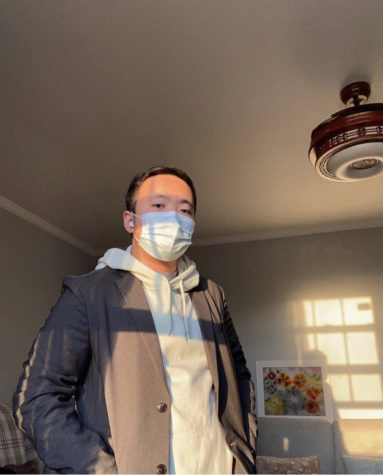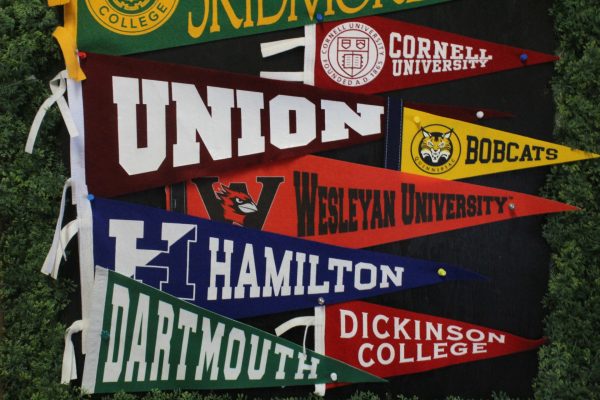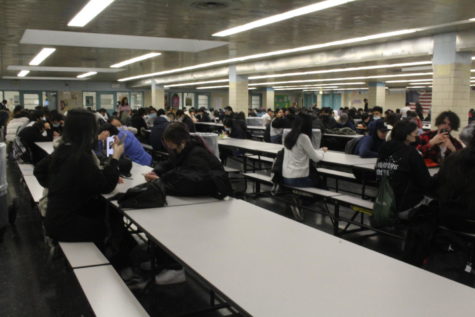Opinion: What We’re Getting Wrong About the SHSAT
It’s past time to re-evaluate what the exam is truly wedging out
In 2020 alone, more than 27,000 NYC middle school students took the SHSAT, a standardized exam that is the single factor in determining admission to all but one of the 9 most prestigious and high-ranking high schools in the city. While the amount of test takers continues to grow each year, the number of black, Hispanic, and other low-income students have seen admissions continue to stagger at unbelievably small amounts. Out of 760 new freshmen at Stuyvesant high school, only 8 were black, and about 20 were Hispanic. At Staten Island Technical High School, there was one black student out of hundreds of new freshmen. Along with the preposterous amounts of black and Hispanic enrollment in NYC’s top high schools, all of this begs the question; is the SHSAT inherently discriminatory, and should we get rid of it?
Many proponents of the SHSAT, consisting a majority of Asian American communities and specialized high-school alumni associations, claim that the exam serves as an equalizer. The exam doesn’t take into account the student’s race, background, or ethnicity, it only measures their ability to understand and evaluate the test. However, this in itself is a flawed argument. According to a 2020 report from the New York State Advisory Committee to the U.S commission on Civil Rights, the state education system itself historically has discriminated against and underfunded the state’s low-income and minority student communities. If these communities are underfunded and unable to receive the same-level of education as other high-income or more advantaged communities, how is the SHSAT fair?
The short answer is, it isn’t.
To understand why the SHSAT is a flawed exam, you have to go back to the roots of its existence. The exam was enacted through the passing of the Hecht-Calandra act of 1971, which was created in order to limit admission to NYC’s top high-schools. As such, the act effectively made the SHSAT the only factor that school’s could legally use to determine acceptance and offers. For hopeful and bright middle school students that are eager to explore their high school options, their chances of admission into prestigious high schools are determined by one number – their SHSAT score.
What many supporters of the exam fail to realize is that children, and students especially, cannot be labeled as a success or failure because of one moment, or exam score. For what the SHSAT takes in, it leaves out the most important metrics of measuring a student’s high-school readiness; their GPA, extra curricular activities, and personal strengths and weaknesses.
Mayor Bill de Blasio, former DOE chancellor Richard Carranza, and current chancellor Meisha Porter have all indicated willingness and determination to completely abolish the SHSAT exam.
“I know from my 21 years as an educator that far more students could thrive in our Specialized High Schools, if only given the chance,” said Porter in a tweet. “Instead, the continued use of the Specialized High School Admissions Test will produce the same unacceptable results over and over again, and it’s far past the time for our students to be fairly represented in these schools.”
Although the SHSAT is an important factor in the unfair admissions to NYC’s top schools that must be abolished, it is only a fraction of what truly needs to be changed. For too long, politicians in the city and state alike have seriously undercut funding for lower-income and disenfranchised communities. If we want to address the issues that the SHSAT presents, we must first look at why it was created. That is the only way we’ll be able to ensure a truly equitable educational system for all.

Born and raised in NYC, Tony is a passion-driven community organizer and advocate in making the world a better place. He's an experienced political organizer,...







